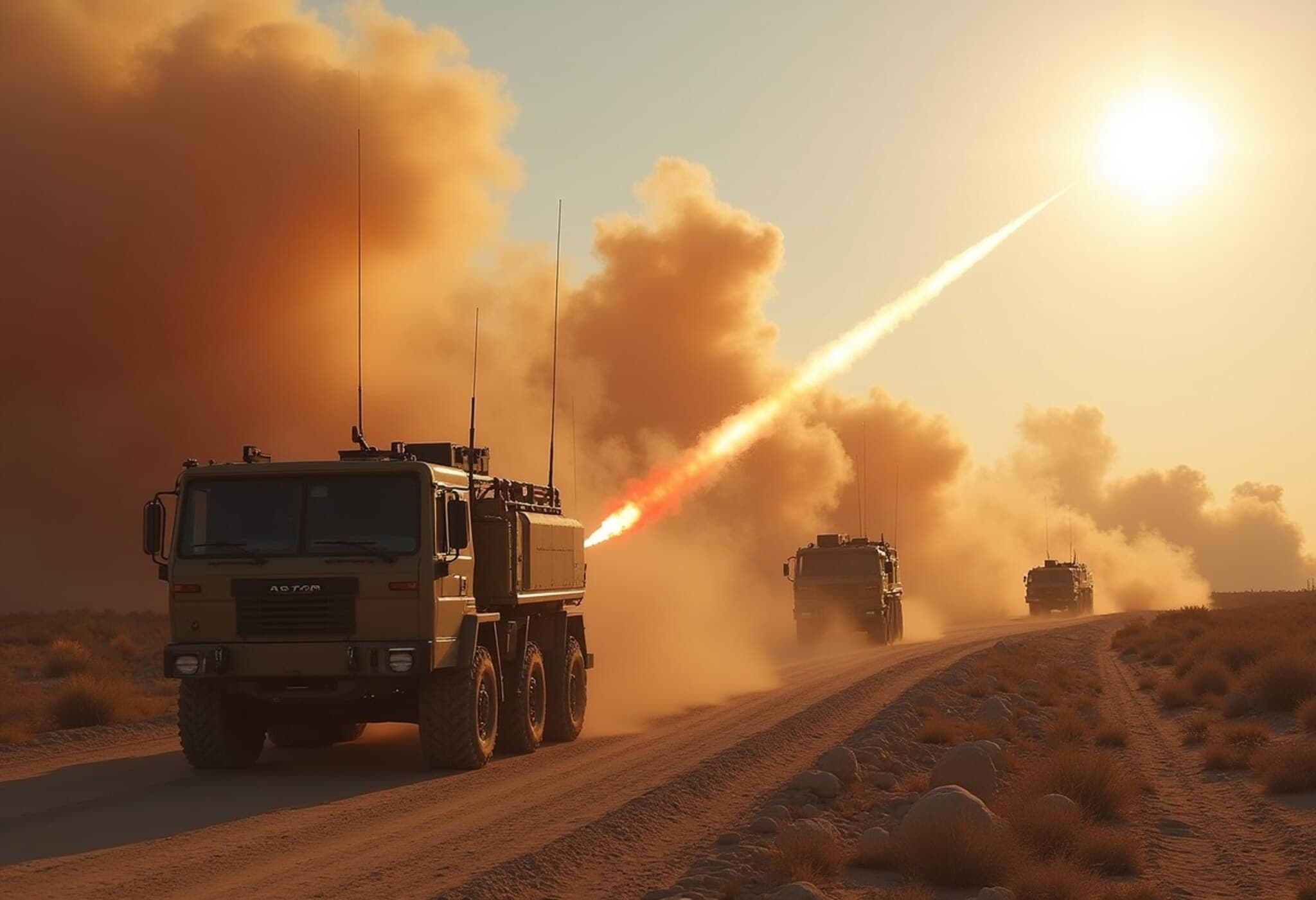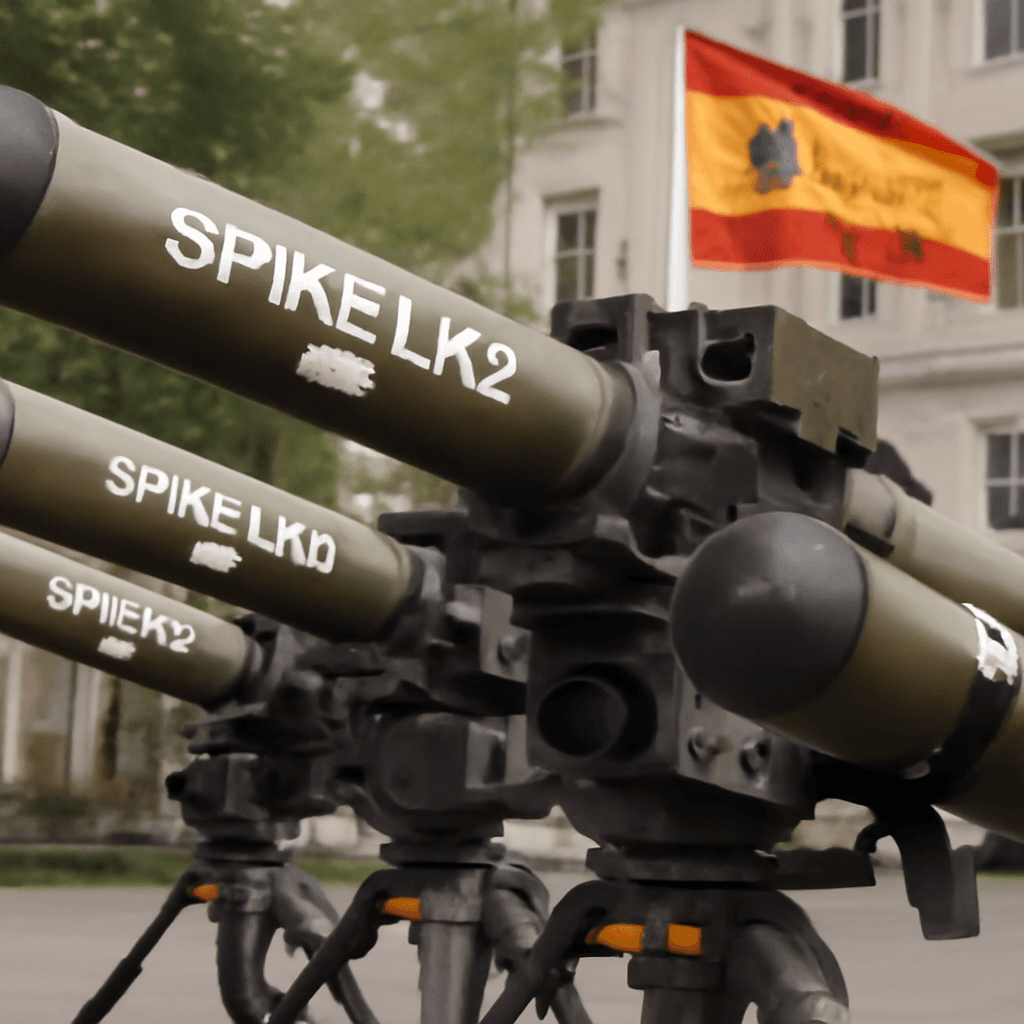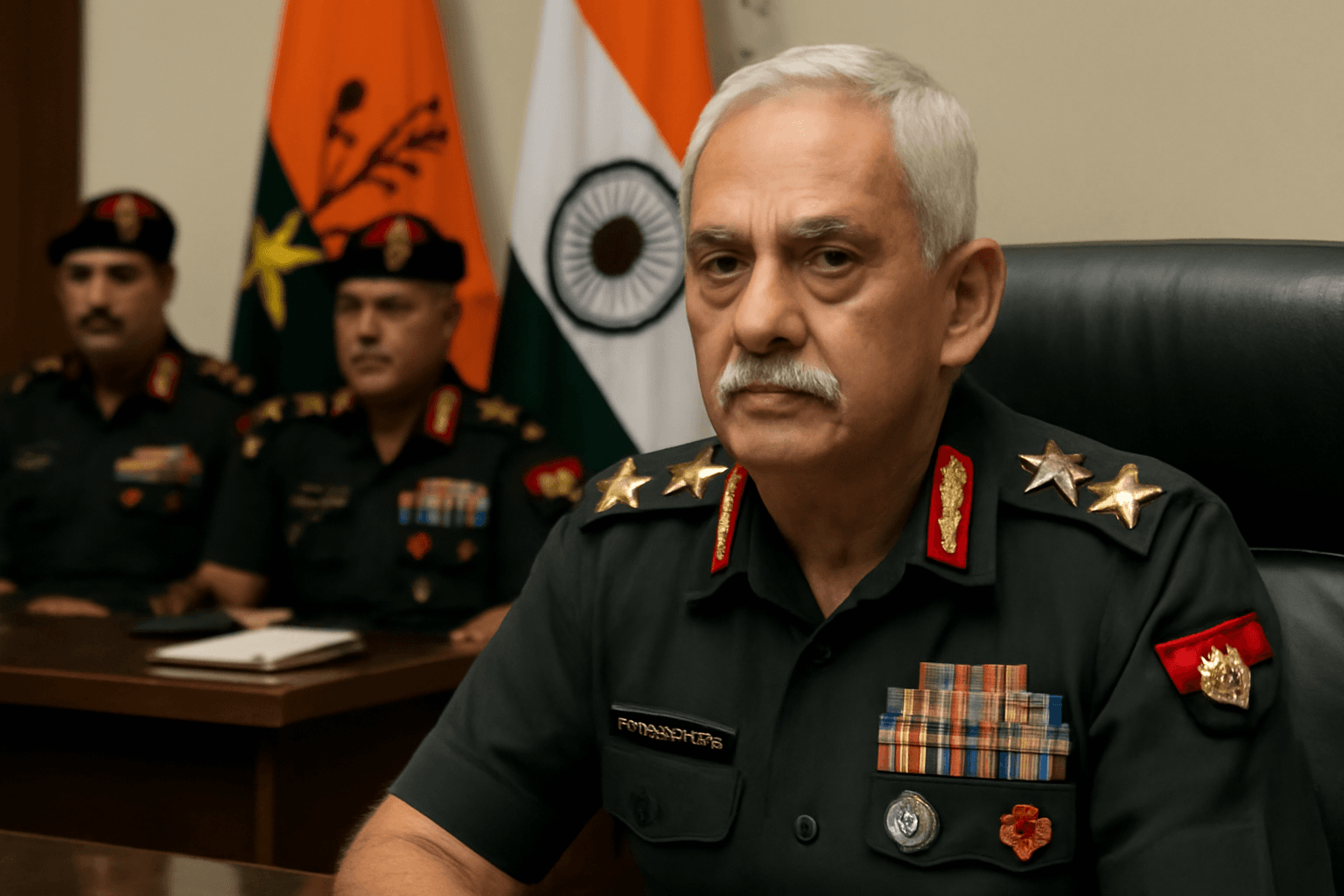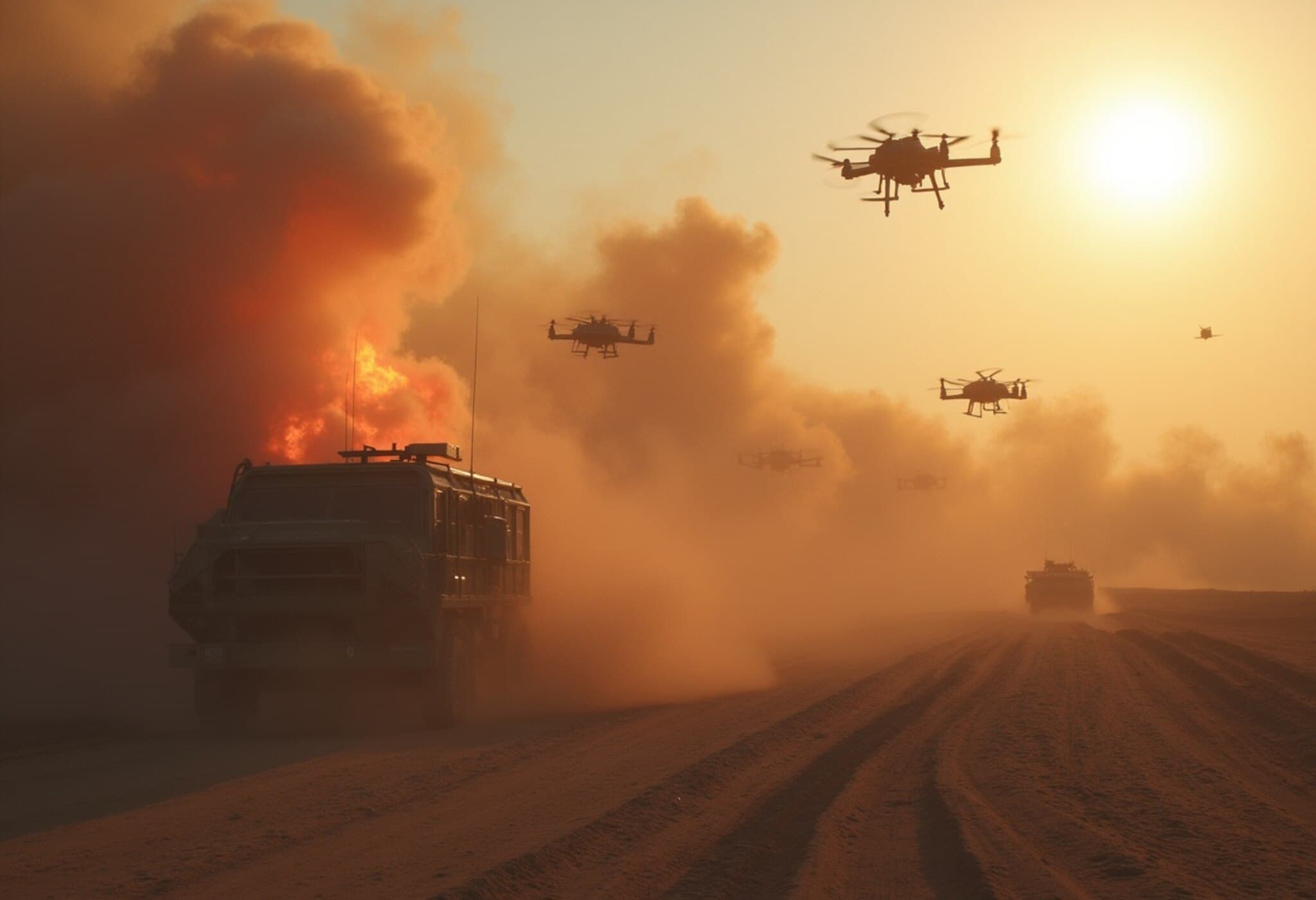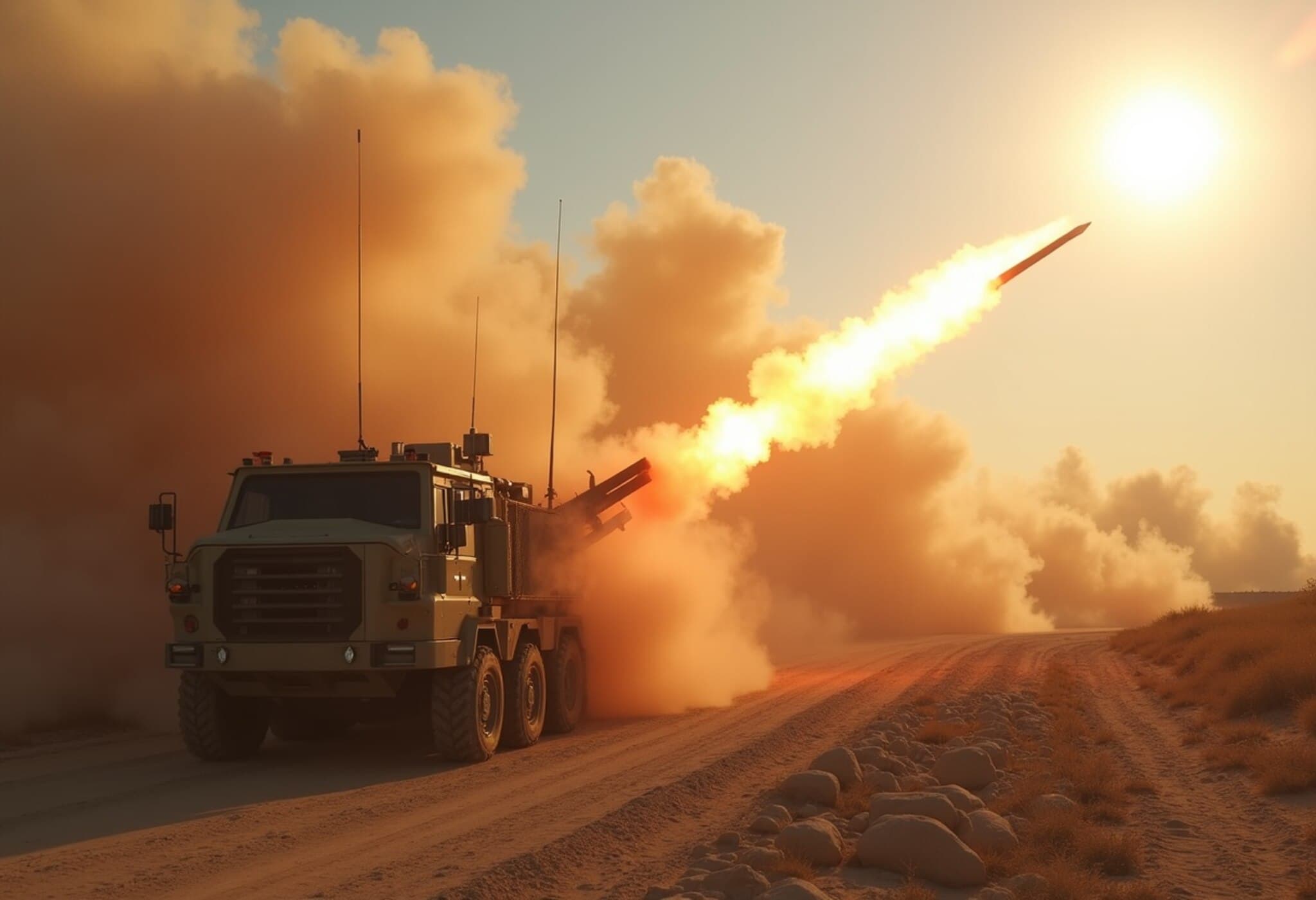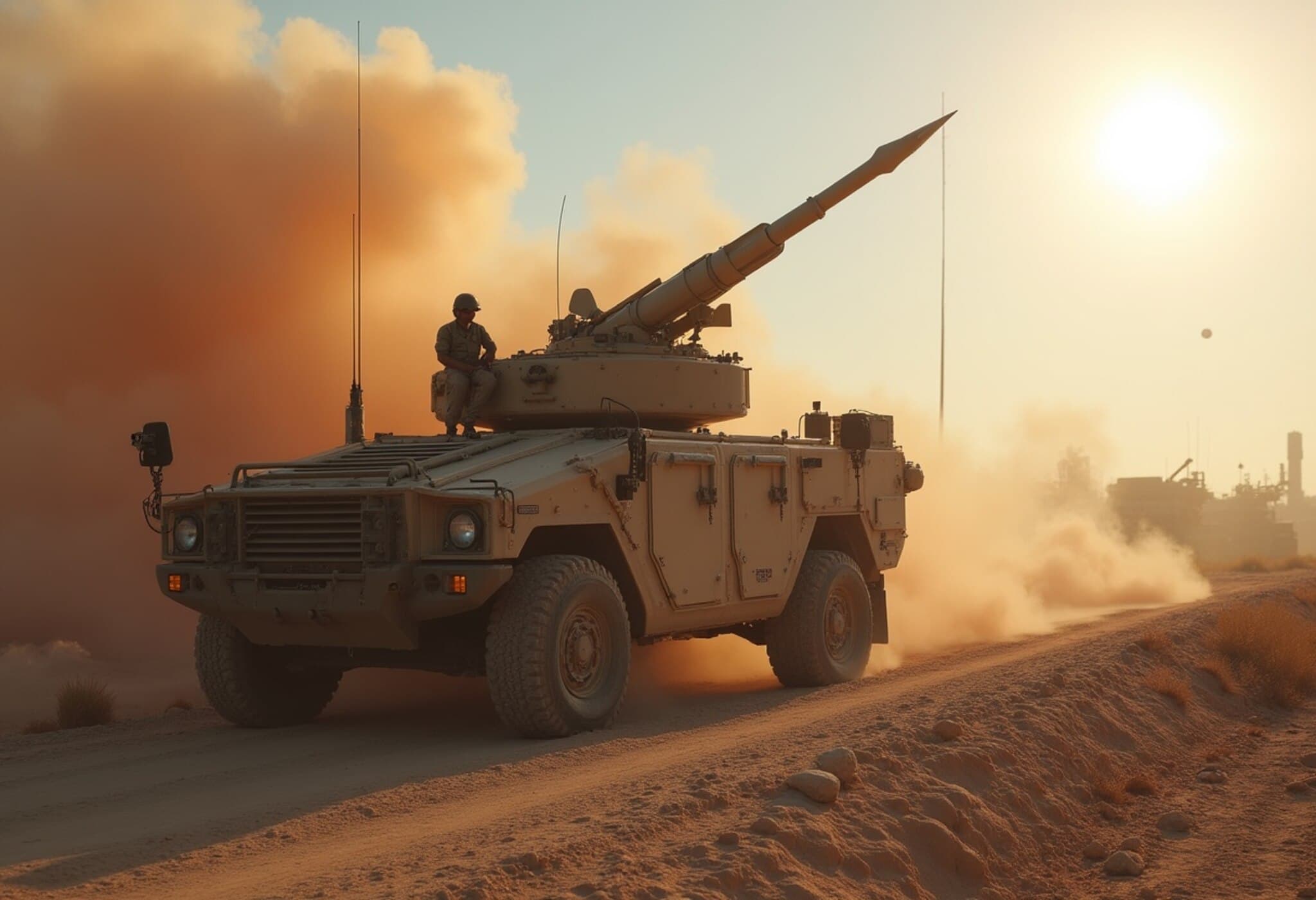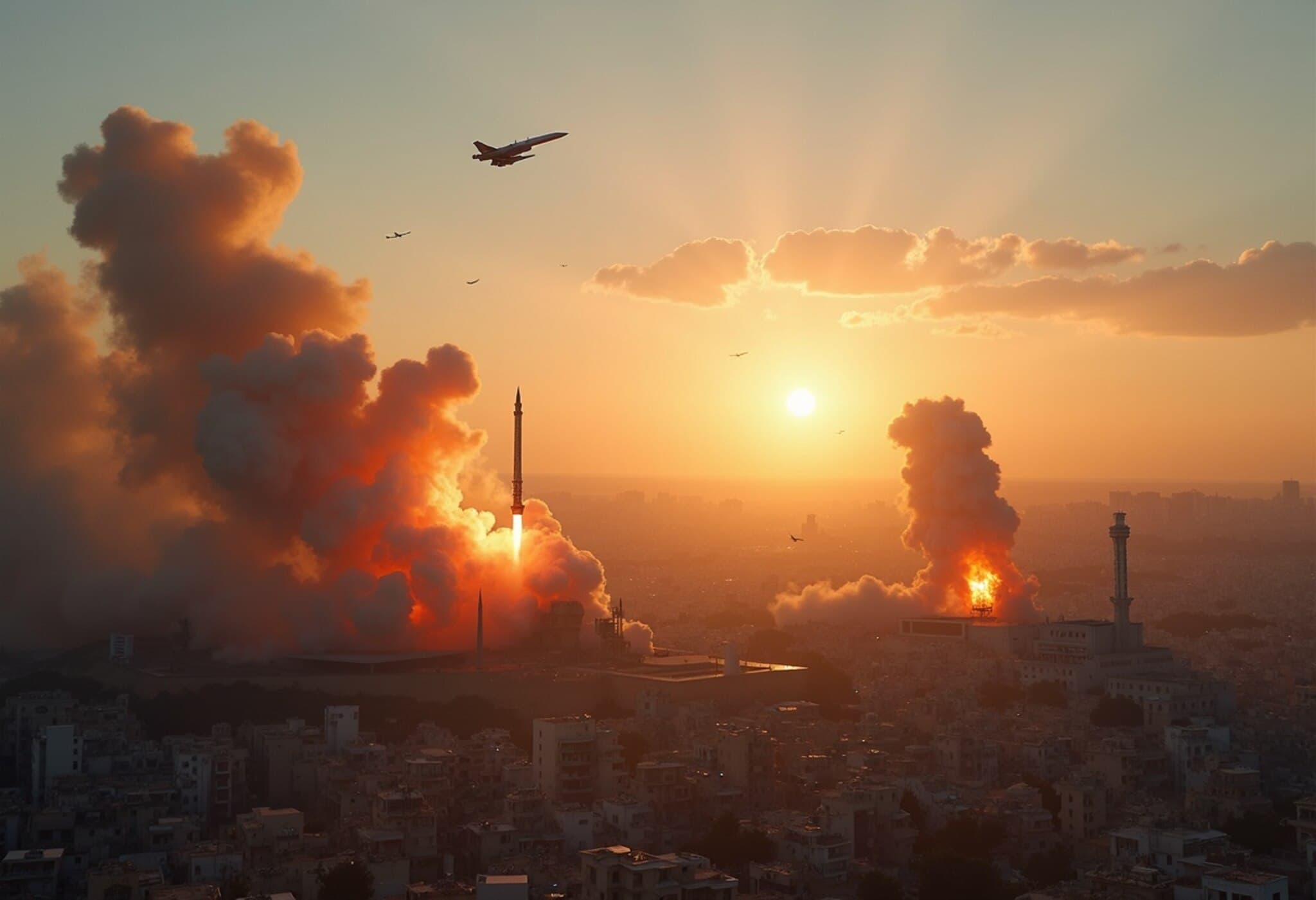How Israel Defends Against Iranian Missile Strikes
The escalating conflict between Israel and Iran has put Israel’s advanced air defence capabilities under the microscope. Recent attacks on cities like Tel Aviv, Haifa, and Jerusalem raise questions about the resilience of Israel's multi-layered missile defence network amid sustained barrages.
The Backbone of Israel’s Missile Defence
Israel’s air defence strategy relies on several key systems designed to intercept different types of incoming projectiles at various ranges and altitudes.
Iron Dome: The First Line of Defence
Introduced in 2011 by Rafael Advanced Defense Systems alongside Israel Aerospace Industries, the Iron Dome targets short-range rockets and artillery shells. Its radar and sophisticated threat-assessment algorithms determine which incoming threats endanger populated areas. Only those deemed a danger are intercepted mid-air using Tamir missiles. Israeli officials report a success rate exceeding 90%, though experts remain cautious about its effectiveness against evolving, unpredictable threats.
David’s Sling: Tackling Mid-Range Threats
To address medium- and long-range missile attacks, the David's Sling system, developed jointly with the US defense contractor Raytheon and operational since 2017, offers protection against ballistic and cruise missiles launched from 40 to 300 kilometres. It acts as a critical layer between Iron Dome and Israel’s upper-tier defences.
Arrow System: Shielding Against Long-Range Missiles
The Arrow 2 and Arrow 3 missile systems represent Israel’s high-altitude shield, designed to intercept long-range ballistic missiles, especially those traveling beyond Earth’s atmosphere. Arrow 2 uses explosive warheads to neutralize targets, while Arrow 3 relies on kinetic impact to destroy incoming threats without explosives. This system specifically counters Iran’s long-range, hypersonic ballistic missile capabilities.
Facing Pressing Challenges
Since mid-June, Iran has launched over 1,000 projectiles, including cruise and ballistic missiles capable of reaching Israel within 12 minutes, traveling at hypersonic speeds. In response, Israel has intensified strikes on Iranian drone bases, missile launchers, and weapons production hubs — efforts analysts interpret as attempts to exhaust Iran's missile reserves.
Support Behind the Scenes
The United States has contributed significantly to Israel’s missile defence operations. American Patriot and THAAD missile batteries successfully intercepted several Iranian projectiles during recent attacks, highlighting ongoing military cooperation. This partnership also extends to joint development projects like David's Sling and Arrow 3, underscoring a shared commitment to regional security.
Defence System Under Pressure
Even with its advanced technology and layered approach, Israel’s air defence network is not invincible. The relentless barrage exposes vulnerabilities when sustained high-volume attacks stretch resources and technology to their limits. How Israel adapts and enhances its defences amid this protracted conflict will be crucial in the days ahead.

